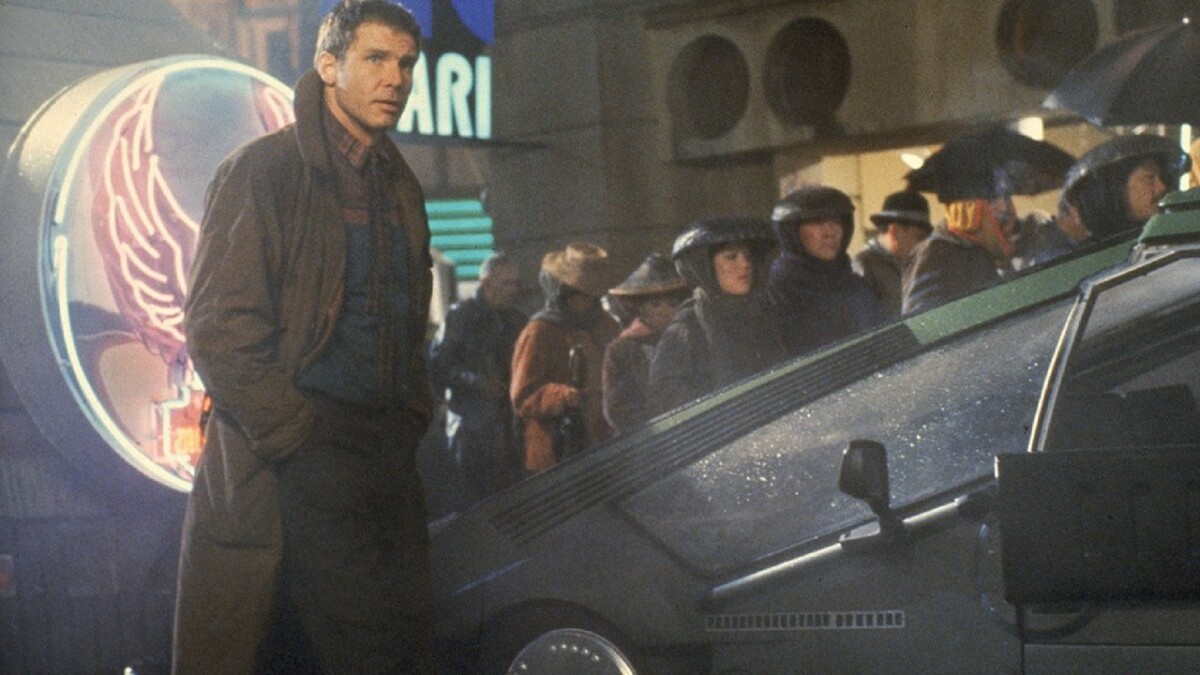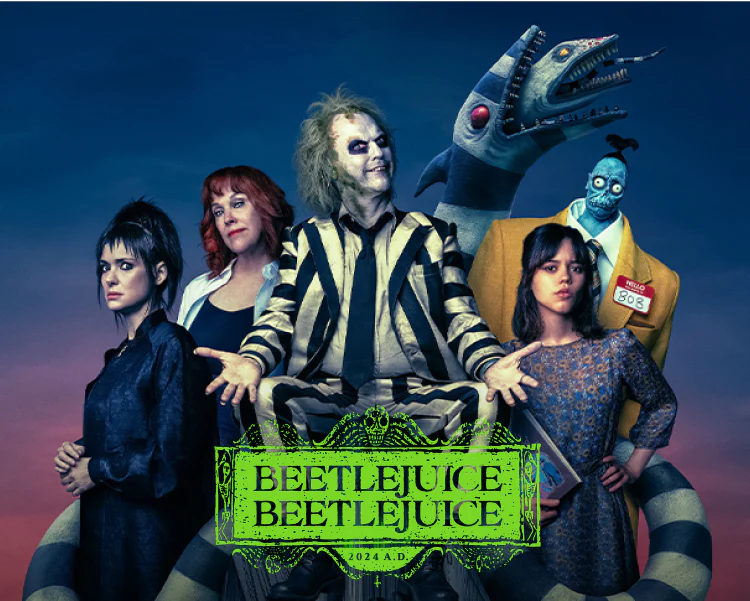Blade Runner (1982) – A Visionary Sci-Fi Masterpiece That Redefined the Genre
Released in 1982 and directed by Ridley Scott, Blade Runner stands as one of the most influential science fiction films ever made. Adapted loosely from Philip K. Dick’s novel Do Androids Dream of Electric Sheep?, the film blends noir aesthetics with futuristic dystopia, philosophical themes, and groundbreaking visuals. Though initially met with mixed reviews and modest box office success, Blade Runner has since grown into a cult classic, hailed for its deep narrative complexity and its lasting impact on cinematic storytelling and design.
Set in a dark and decaying Los Angeles in the year 2019, the story follows Rick Deckard (played by Harrison Ford), a weary ex-police officer brought out of retirement to hunt down and "retire" rogue replicants—synthetic humans created by the powerful Tyrell Corporation. These replicants, led by the fierce and intelligent Roy Batty (Rutger Hauer), have illegally returned to Earth in search of a way to extend their artificially limited lifespans.

What sets Blade Runner apart from typical science fiction fare is its exploration of what it means to be human. The replicants, designed to be indistinguishable from humans, often display more emotion, curiosity, and desire for life than their flesh-and-blood counterparts. As Deckard hunts them, he begins to question his own morality and, perhaps, even his identity—especially as he becomes entangled with Rachael (Sean Young), a replicant who believes she is human.
Visually, Blade Runner was revolutionary. The film’s aesthetic—heavy with rain, neon, and industrial smoke—established the template for cyberpunk and has influenced countless films, games, and novels. Ridley Scott and production designer Lawrence G. Paull created a world that felt at once futuristic and aged, vibrant yet oppressive. The city is alive, chaotic, and hauntingly beautiful. Vangelis’s haunting electronic score further amplifies the film’s mood, providing a sense of melancholic grandeur that lingers long after the credits roll.

Philosophically, the film probes deep existential questions: Can artificial beings have souls? Is memory what makes us human? Are emotions, fear of death, and the yearning for meaning exclusive to organic life? Roy Batty’s final monologue, famously improvised by Rutger Hauer—“All those moments will be lost in time, like tears in rain”—remains one of the most poignant reflections on mortality in film history.
Over the years, Blade Runner has been released in multiple versions, including the controversial theatrical cut with voice-over narration, the Director’s Cut (1992), and the definitive Final Cut (2007), which removed the voice-over and clarified Scott’s vision. Each version added layers to the film’s mystery, particularly around the question of whether Deckard himself is a replicant.

In conclusion, Blade Runner is a cinematic landmark. It transcends genre boundaries to become a work of art, a philosophical inquiry, and a visual spectacle. Its influence can be seen across decades of science fiction, from The Matrix to Ghost in the Shell to Blade Runner 2049. Few films have aged so well or become more relevant with time. Blade Runner isn’t just a movie—it’s an enduring vision of a future that mirrors our own human dilemmas.



